Comprehensive Analysis of Screw Piles: Design, and Applications
VerifiedAdded on 2023/06/16
|8
|639
|231
Presentation
AI Summary
This presentation provides a detailed analysis of axially loaded screw piles, beginning with background information, an introduction to screw piles, and their historical context. It explores methods for designing screw piles, including bearing capacity, the cylindrical shear model, and axial capacity methods, focusing on vertically loaded piles in both cohesionless and cohesive soils. The presentation highlights the advantages of screw piles, such as ease of installation and reusability, while also addressing disadvantages like soil condition limitations. It discusses the installation process and its impact on design, emphasizing the importance of torque and downward pressure. The presentation concludes by examining the determination of bearing capabilities, differentiating between cohesionless and cohesive soil analysis, and providing formulas for calculating uplift capacity, referencing key sources in the bibliography.
1 out of 8
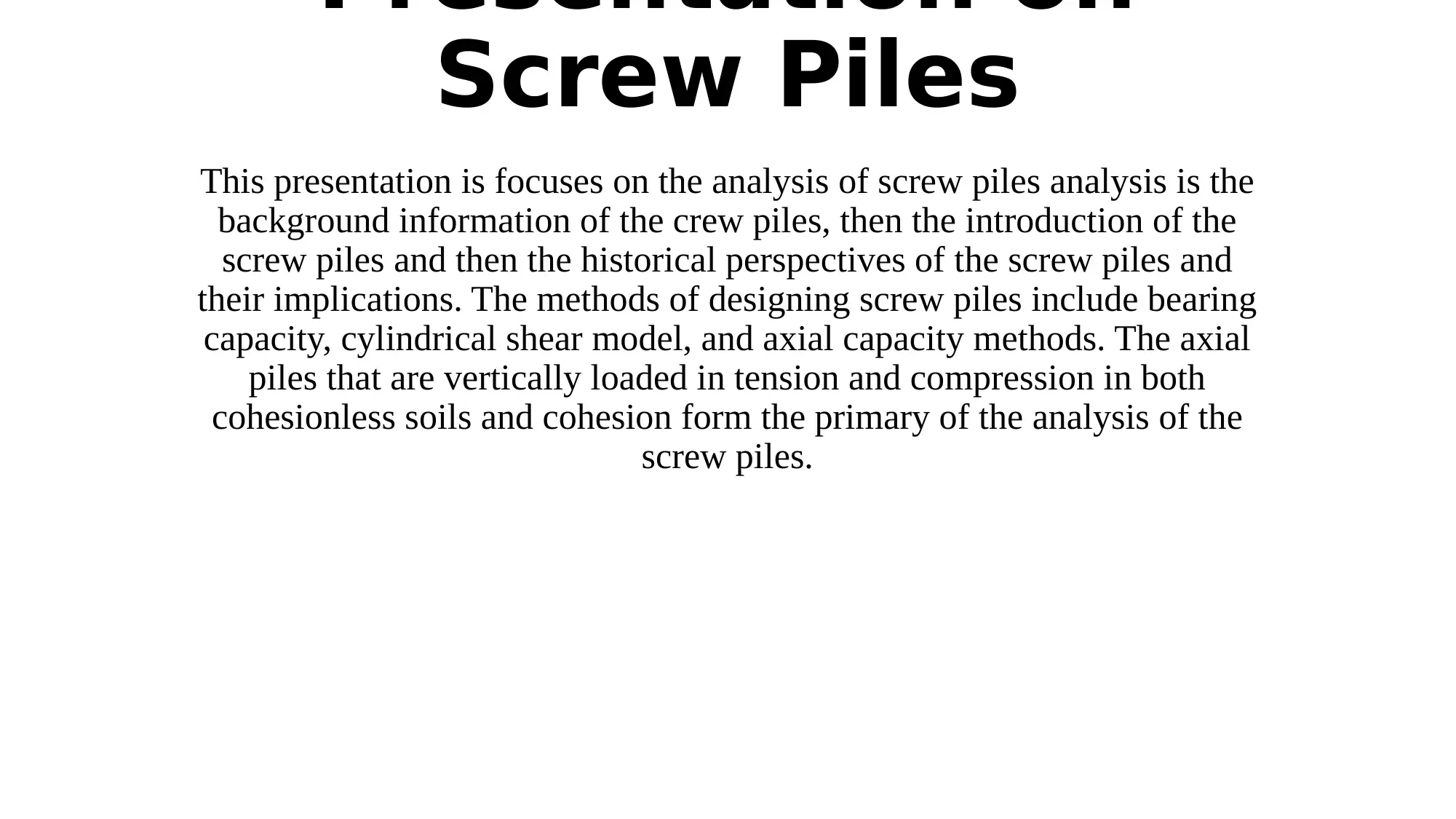
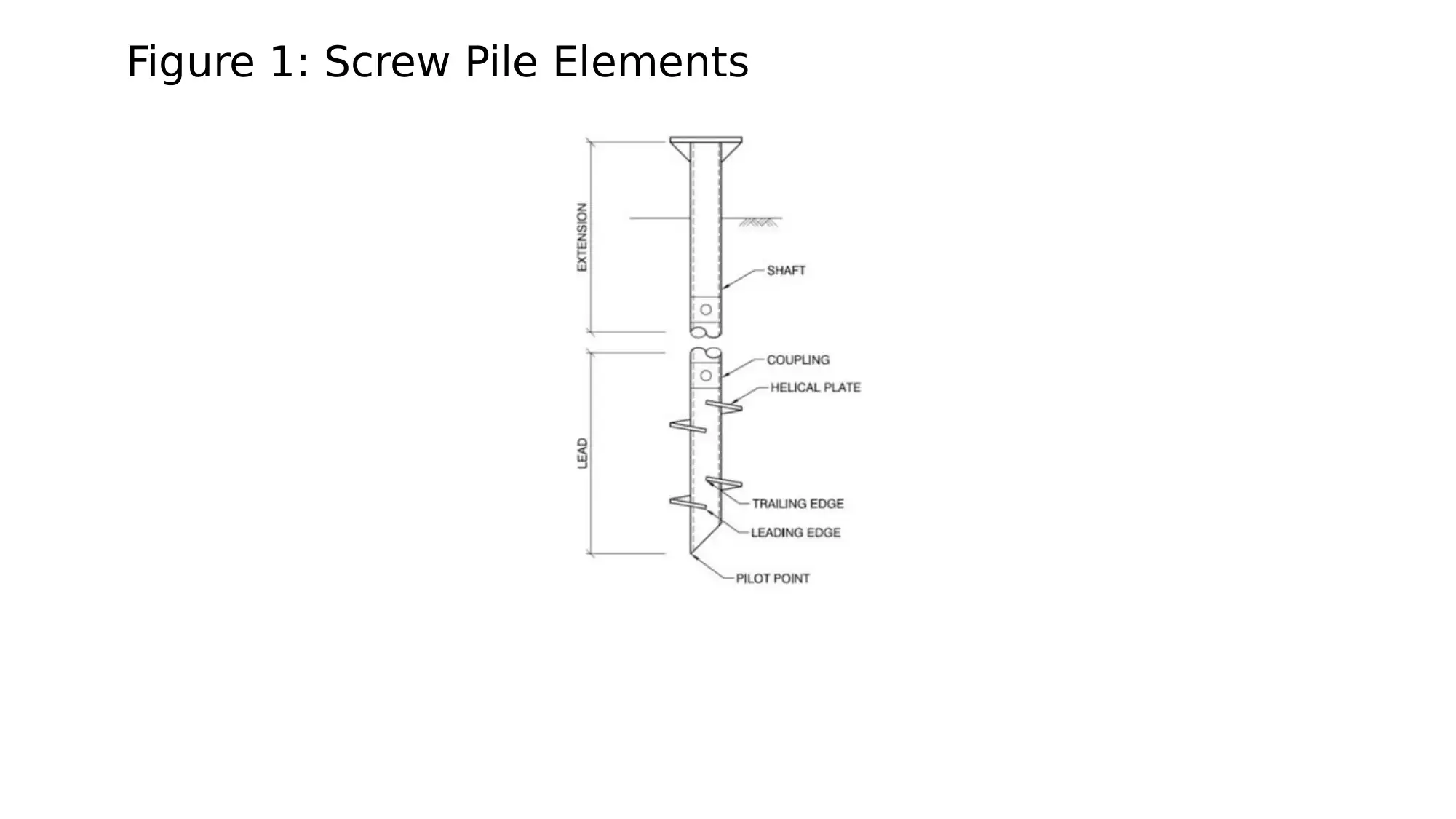
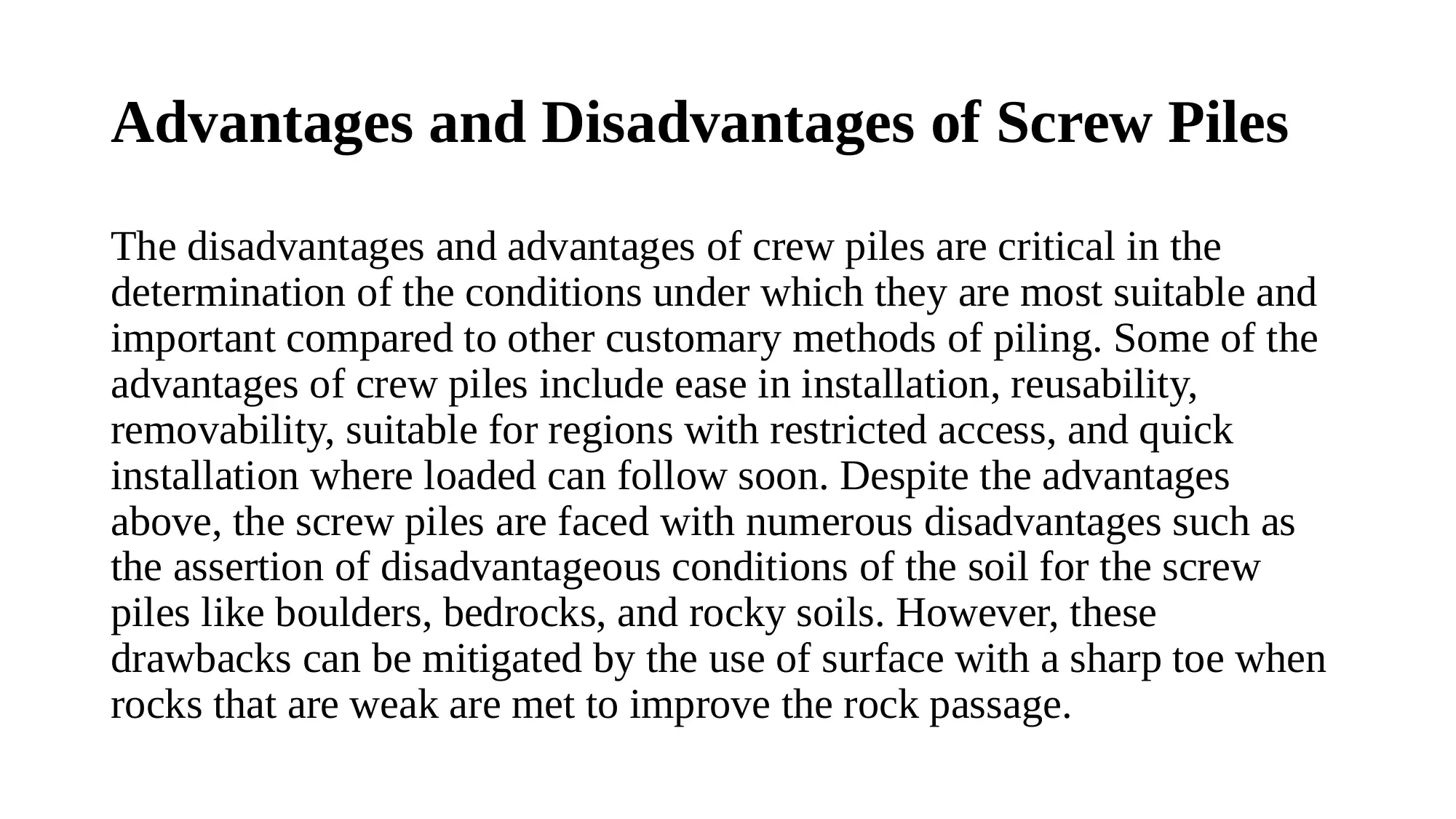

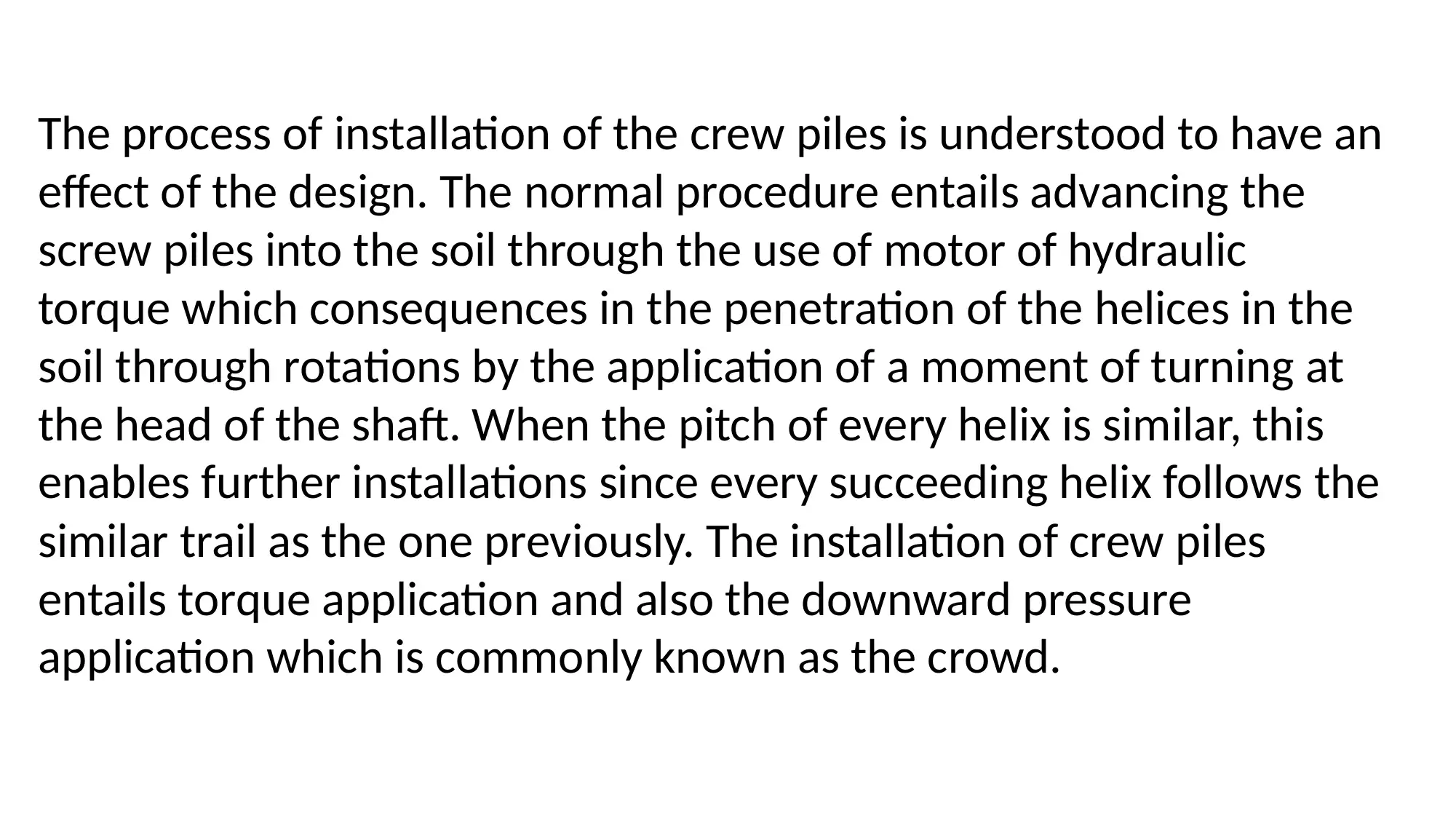

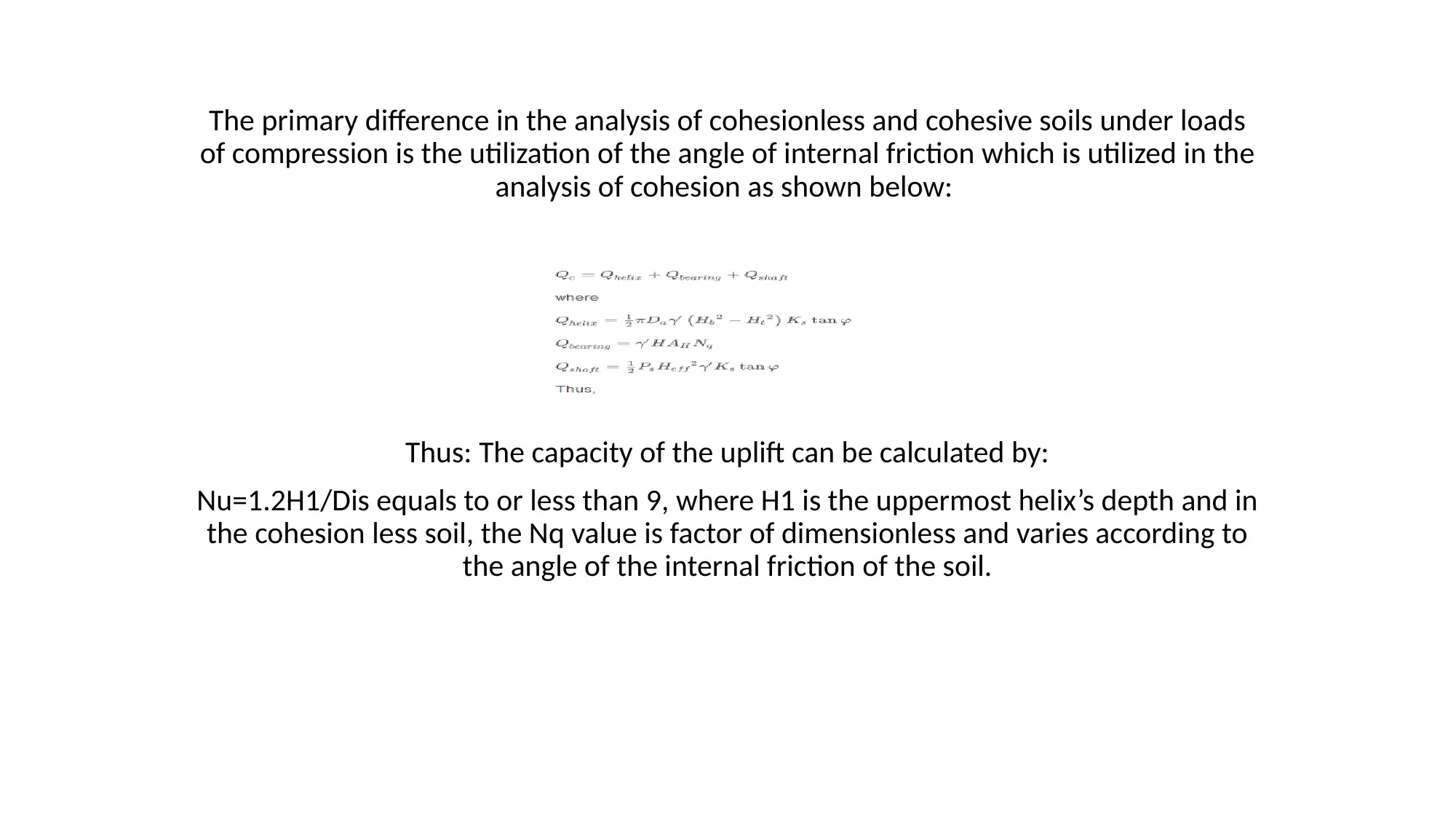

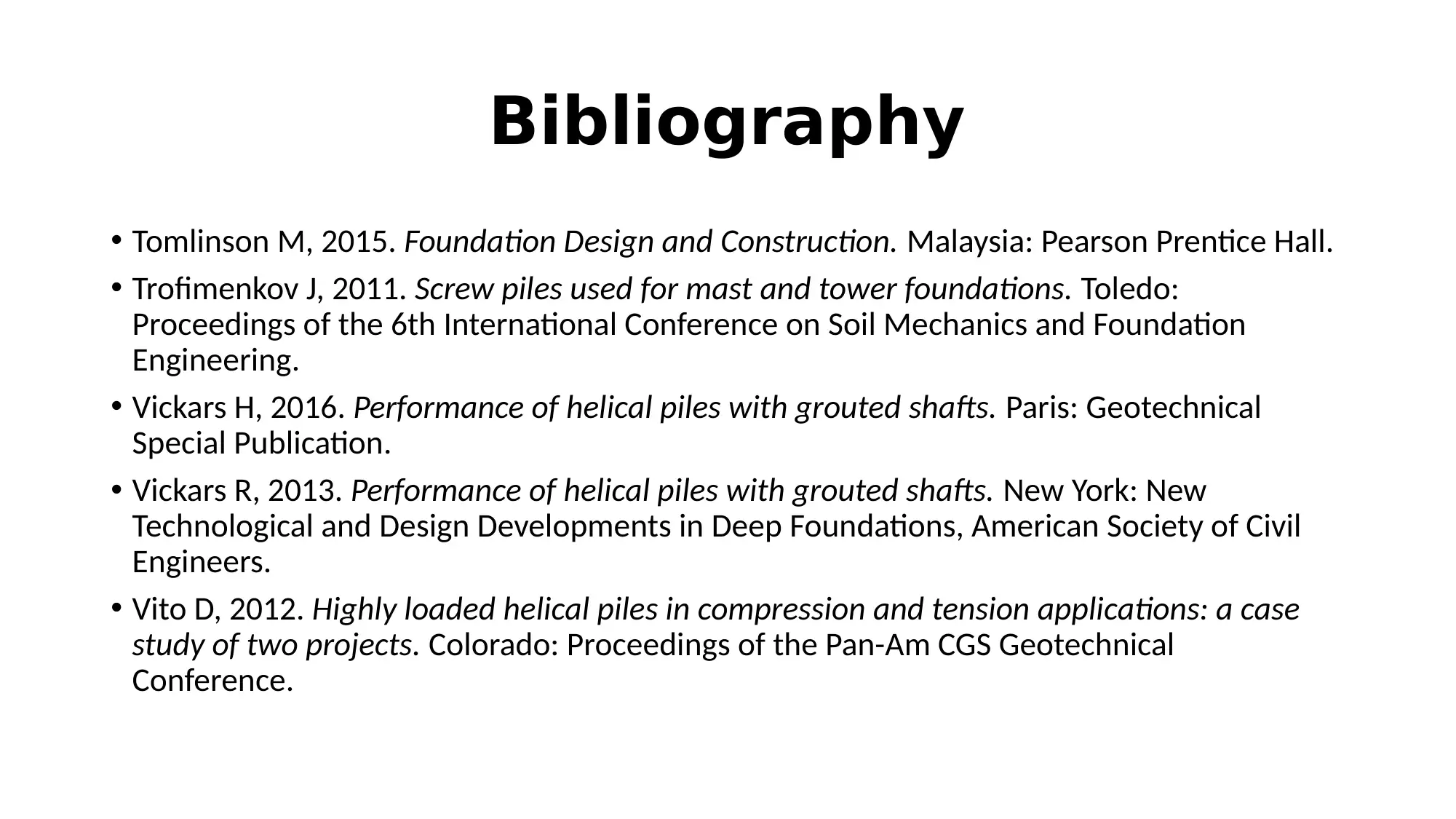




![[object Object]](/_next/static/media/star-bottom.7253800d.svg)